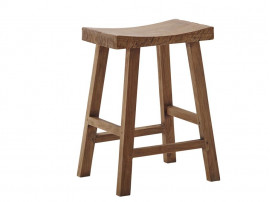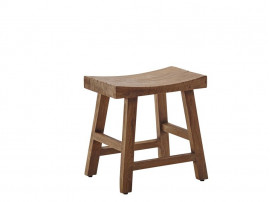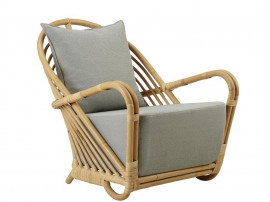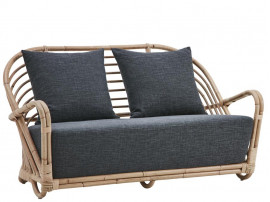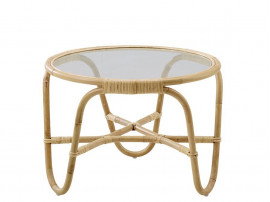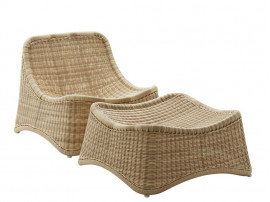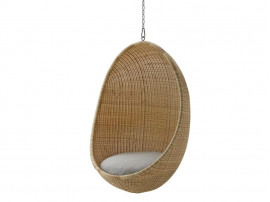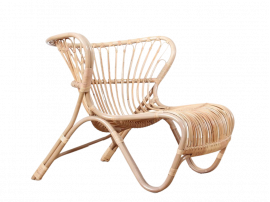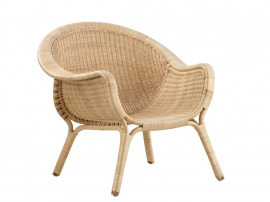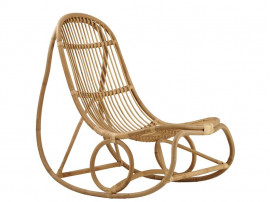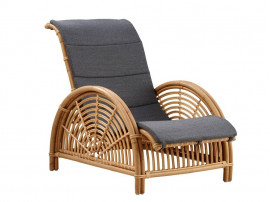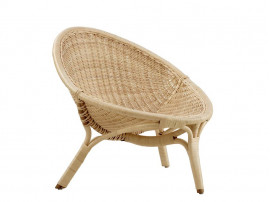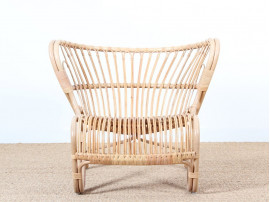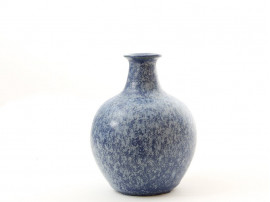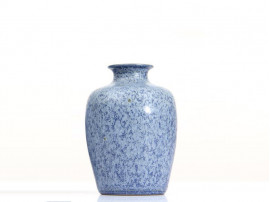
Sika design
Sika-Designs history dates back to the 1940s. Today the 2nd and 3rd generations of the company's founder are in charge of Sika-Design.
Experience the history of Sika-Design through 8 decades on Pinterest or on the timeline below:
Ankjær Andreasen establishes Sika in 1940. The name comes from the Sika deer, which is light and elegant. The company was established in Mossø where, during the war, there was growing unemployment and shortage of raw materials. The production was based on free raw materials, such as straw from the fields after harvest and reeds gathered from the marshes. After the war, wicker baskets were produced in the state prison of Horsens.
In 1951 Sika Møbler moves to Fyn, expands basket production and begins a small furniture production. The biggest competitor in Denmark was, at the time, Horsnæs. They revolutionized the production of rattan furniture and created new methods of working with rattan. Ankjær Andreasen only worked with the best wicker makers and together they perfected the art of wicker working, focusing on what was to become Sika-Møblers design identity: Comfort, quality and design.
Wicker furniture production is established in the 1960s. Sika starts up its own production in Langeskov on Fyn, and aquires stock inventory in Odense. The company employs 75 people. Sika starts to export gift articles to all of Europe, and attends international furnitue exhibitions. A German department is set up Sika now employs 100 people on Fyn. In this decade Sika launches a garden furniture collection in teak and steel (The Marguerit chair).
In the 1970s Sika focuses more on product development and on new materials (Teak). Ankjær Andreasen was a pioneer, and in 1972 he decided to go on a trip to the Far East. When he returned, he had bought a piece of land and set up a rattan furniture factory in Malaysia. Ankjær’s trip laid the foundations of today's company. Ankjær Andreasen’s sons joined the company in the 1970’s, and Sika Møbler started to export far beyond Europe to more than 30 countries.
This decade was largely influenced by the oil crisis, and Sika was hanging by a thread. In 1981 Ankjaer’s son Knud bought the company. In 1984-85 there is a boom in the construction of conservaories and the demand for rattan wicker furniture explodes. With a factory in Malaysia Sika Møbler could meet the growing demand and ship directly to overseas markets. Things are going so well that Sika establishes a sister company, Cane-line.
Yamakawa design becomes a huge success for Sika, and Sika opens its own factory in Malaysia. Sika acquires its largest competitor Horsnæs design and thereby become Sika-Horsnaes. Sika Horsnaes’ growth continues through the 90's. Knud Andreasen’s daughter, Louise Andreasen joins the company in 1996 and she insists that the company should stick to its roots and continue producing high quality rattan furniture
In 2003 Sika-Horsnaes introduced its first outdoor collection, weaving with synthetic rattan The garden furniture collection IN-OUT is sold all over the world. In 2007 the indoor rattan collection ORIGINALS is introduced with own models from the 1950’s. The Lloyd Loom collection is also introduced in this decade. Sika-Design is certified according to ISO14001 and SA8000 (Environment and social accountability). The factory is now located in Indonesia
Sika-Design launches many new collections in this decade: Georgia Garden with romantic wicker furniture for the garden and in 2012 Sika-Design launches the "Icons" collection of wicker rattan chairs designed in the 50's by Danish architects. At the same time Sika-Design launches Affäire, a range of outdoor café furniture.
Currently on sale - Sika design

